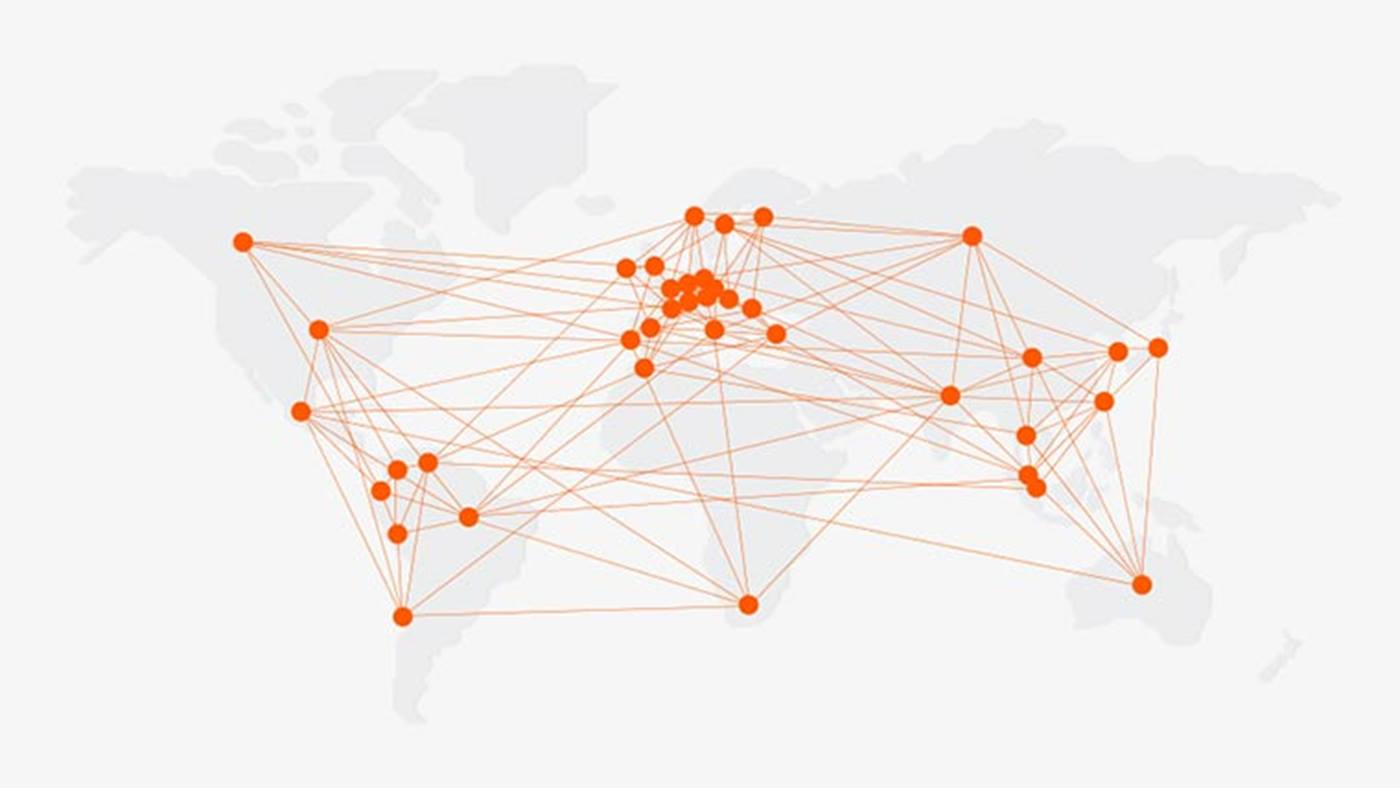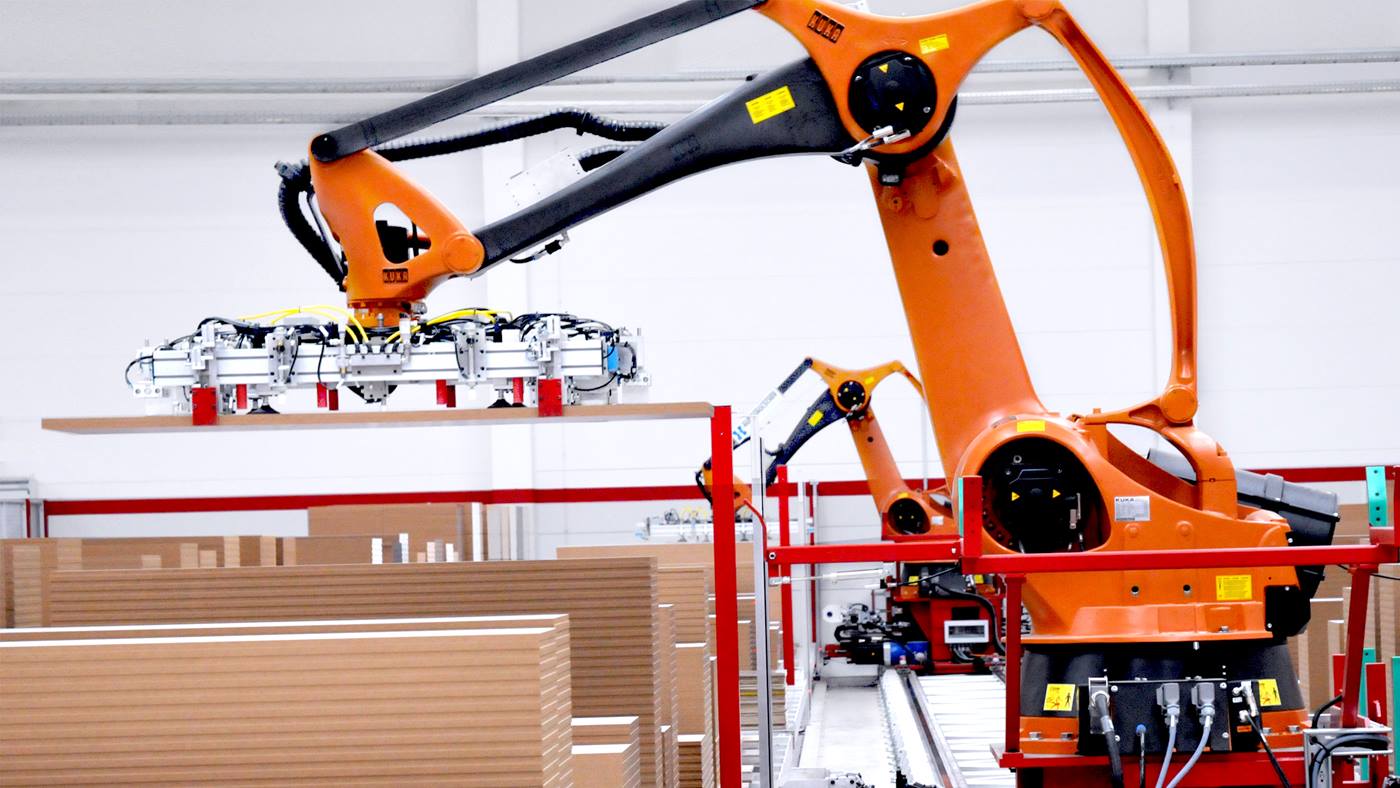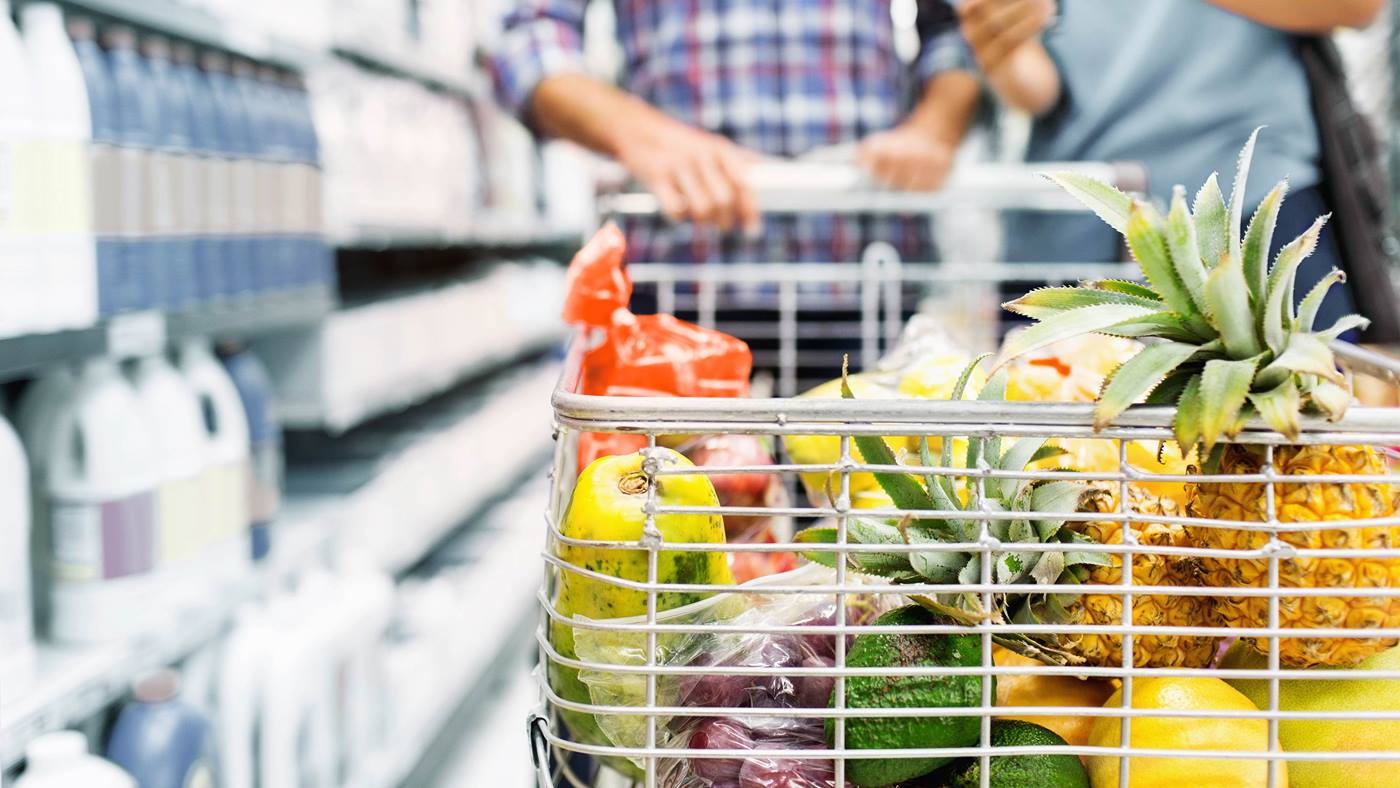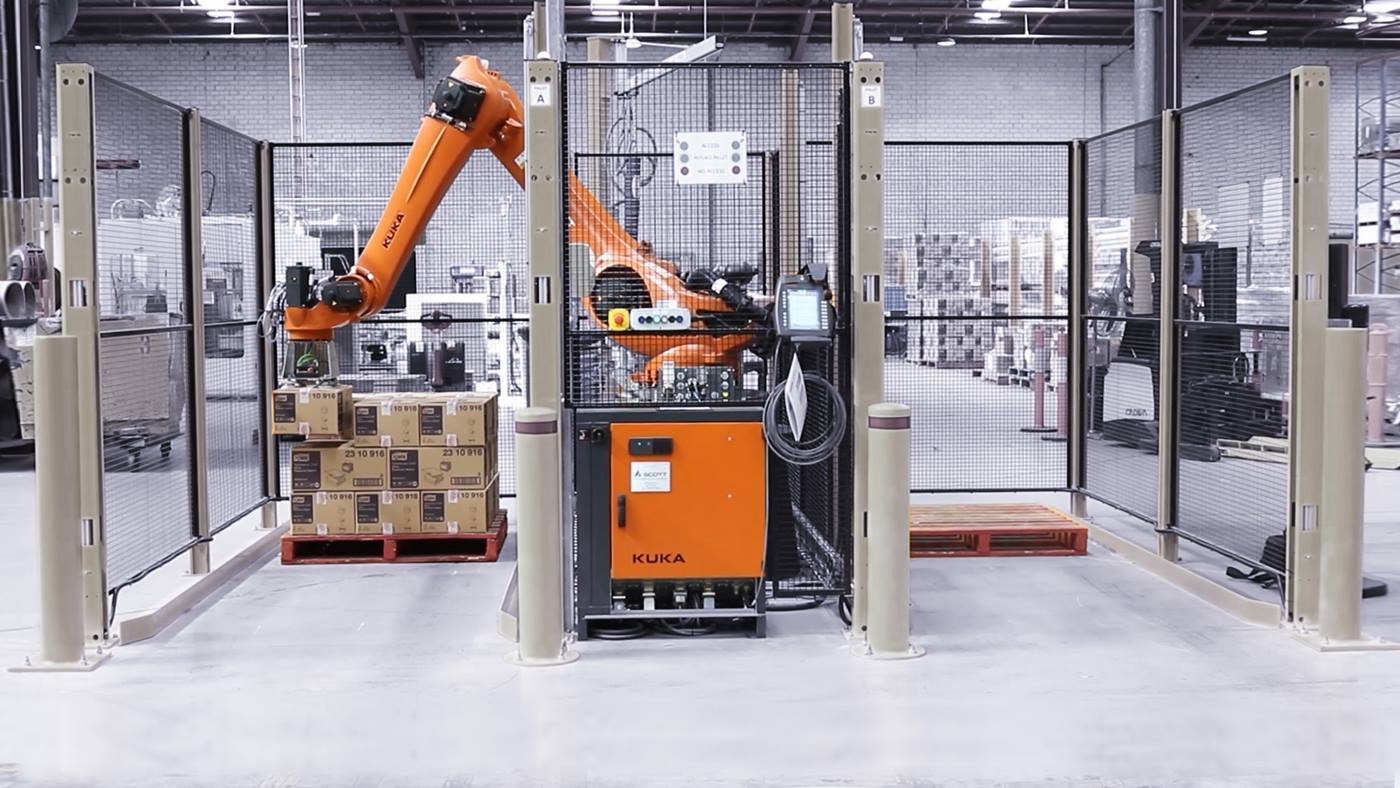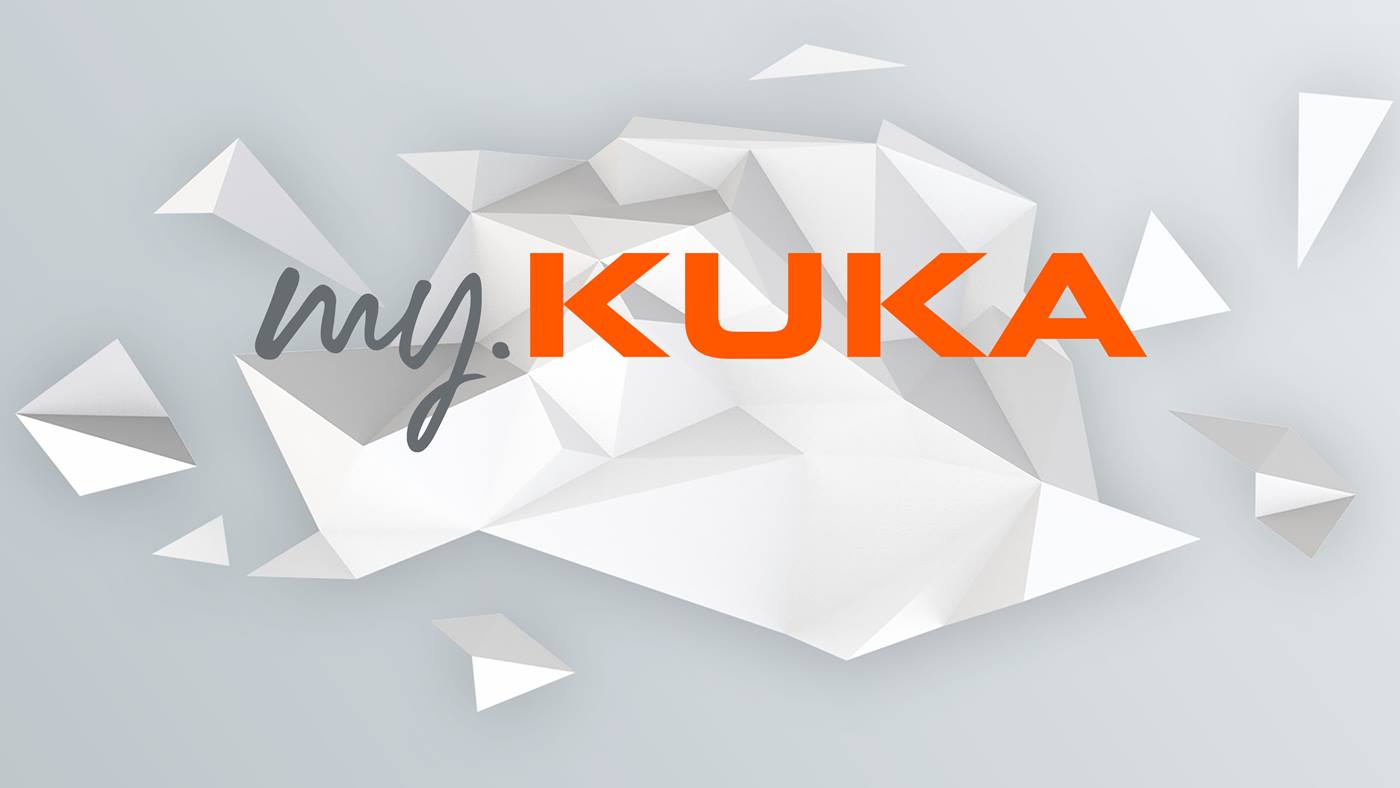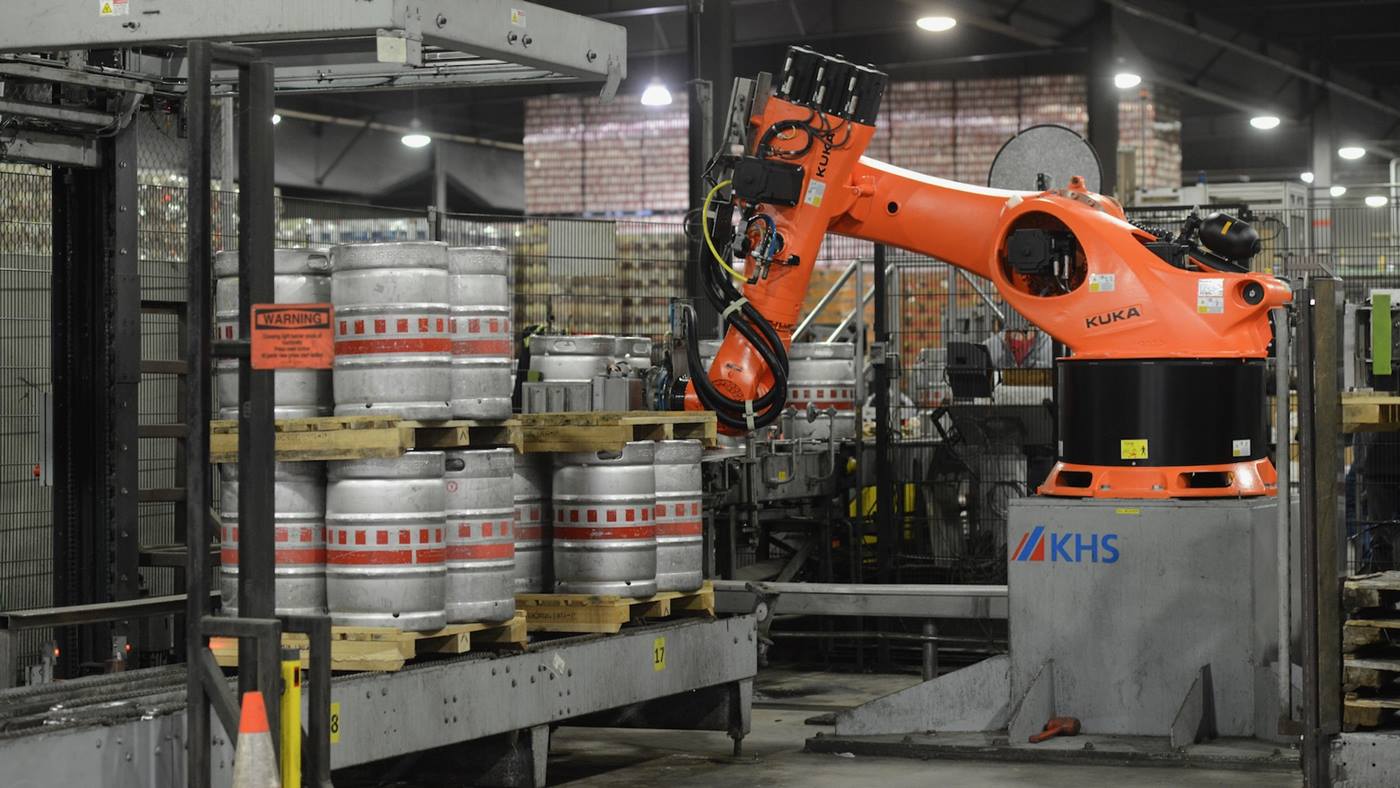
Robotic Palletizing Stacks Up to Productivity and Profitability
To address labor shortages, safety concerns, and rising productivity demands, manufacturers are turning to modular robotic palletizing systems. These flexible, easy-to-integrate solutions streamline end-of-line operations, reduce downtime, and deliver fast ROI—transforming palletizing into a strategic advantage.
Modular palletizing cells are efficient, effective, and straightforward to integrate into production lines. Typically, integrators can install an automated palletizing cell within days or hours, depending upon the size and complexity of the unit without significant impact on a company’s production.



Our customer base has been having difficulty finding workers. Palletizing is hard work, and people don’t want to be stacking 50-pound, 100-pound products all day long. There’s a very high amount of turnover.
Scalable palletizing systems to meet different needs and budgets

Modular Automation Makes Integration Easy

KUKA robots power performance

Speed, Flexibility, and Safety Built In
“Our system picks up multiple products at a time, and we need a robot that meets the speed and payload requirements. KUKA robots provide very high speed, the right reach and flexible row formation,” Roberts said.

Scaling for the future of palletizing

According to FOCUS System engineer Trevor Thobe, the relationship with KUKA has been phenomenal. He pointed out that flexibility and the ease of online/offline programming are additional reasons the company chose KUKA.
Smart Software for Smarter Cells
To commission new cells, FOCUS engineers use KUKA.WorkVisual engineering suite and KUKA.Sim smart simulation software. The KUKA.WorkVisual suite checks for logic errors while programming steps are being carried out and provides an intuitive platform for configuring, programming, commissioning, and diagnosing systems. KUKA.Sim smart simulation software for offline programming depicts robot sequences prior to bringing them online, allowing engineers to ensure the system will work as designed and anticipated.
KUKA.SafeOperation is another feature FOCUS uses to ensure customers receive a reliable and safe solution. KUKA.SafeOperation software allows shops to reduce their cell space requirements by modeling end-of-arm tooling with six user-defined spheres that move with the robot. The software permanently monitors the cell as configured in the program, and if a sphere touches the limits of the cell, the robot safely stops. The software accurately monitors axis velocities and accelerations and Cartesian velocities in up to 16 configurable spaces within a fixed cell area.

Once cells are installed and operating, KUKA.RemoteSupportView provides customers with online support for robot controllers through a reliable client-server connection. The program allows secure access for maintenance and troubleshooting from a remote computer.

A Partnership that delivers results
“Demand for our systems has gone through the roof, and the need for automation in palletizing and packaging will only continue to grow.” Roberts said. “We joined the KUKA team in 2005, and we haven’t looked back since.”

More about the KUKA partner
